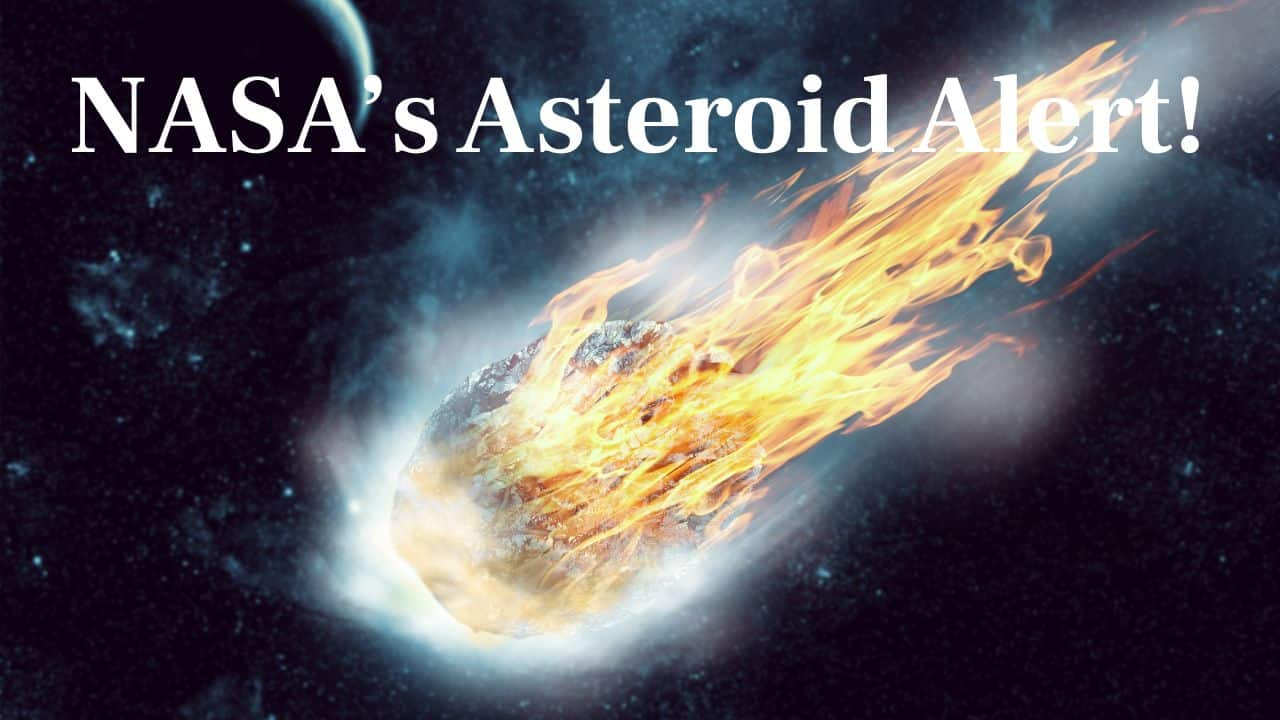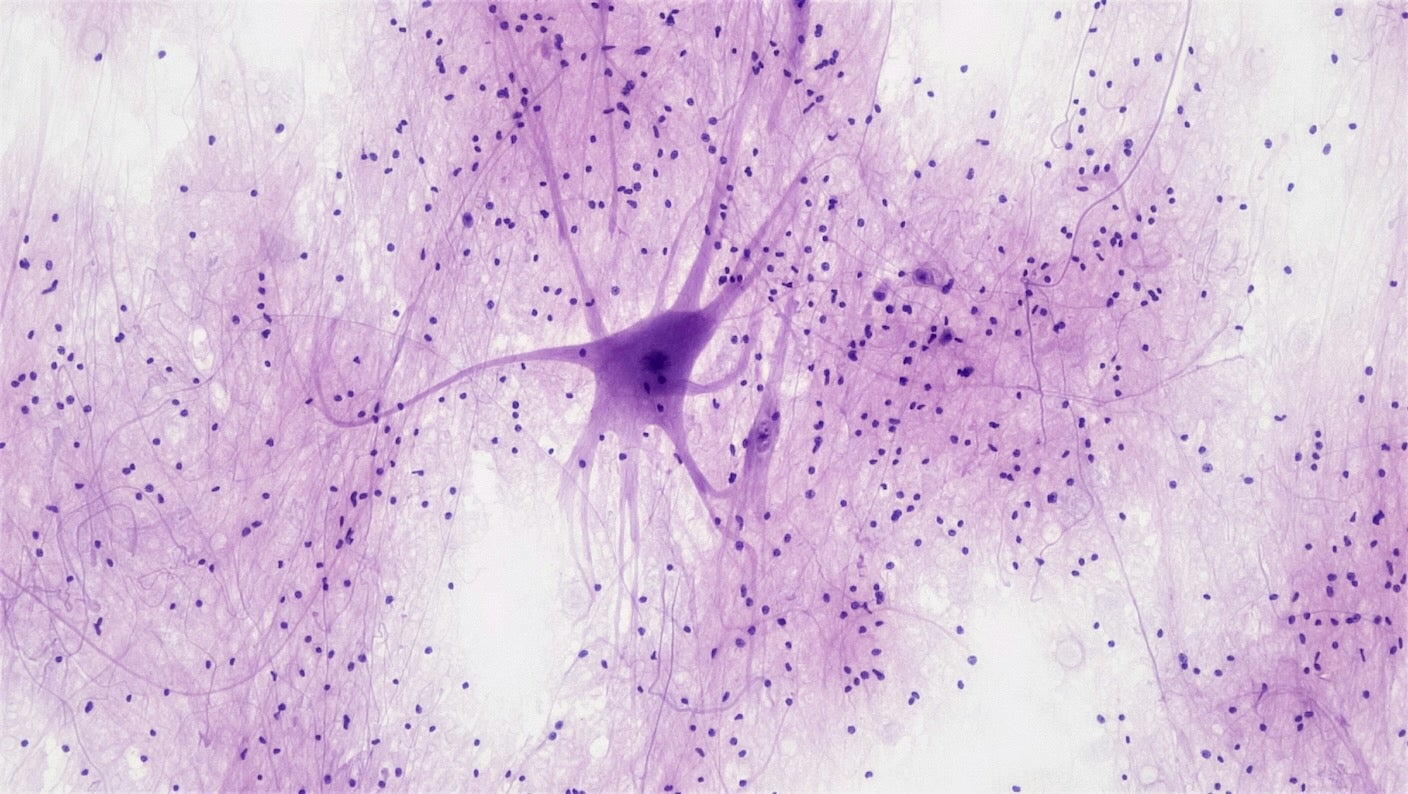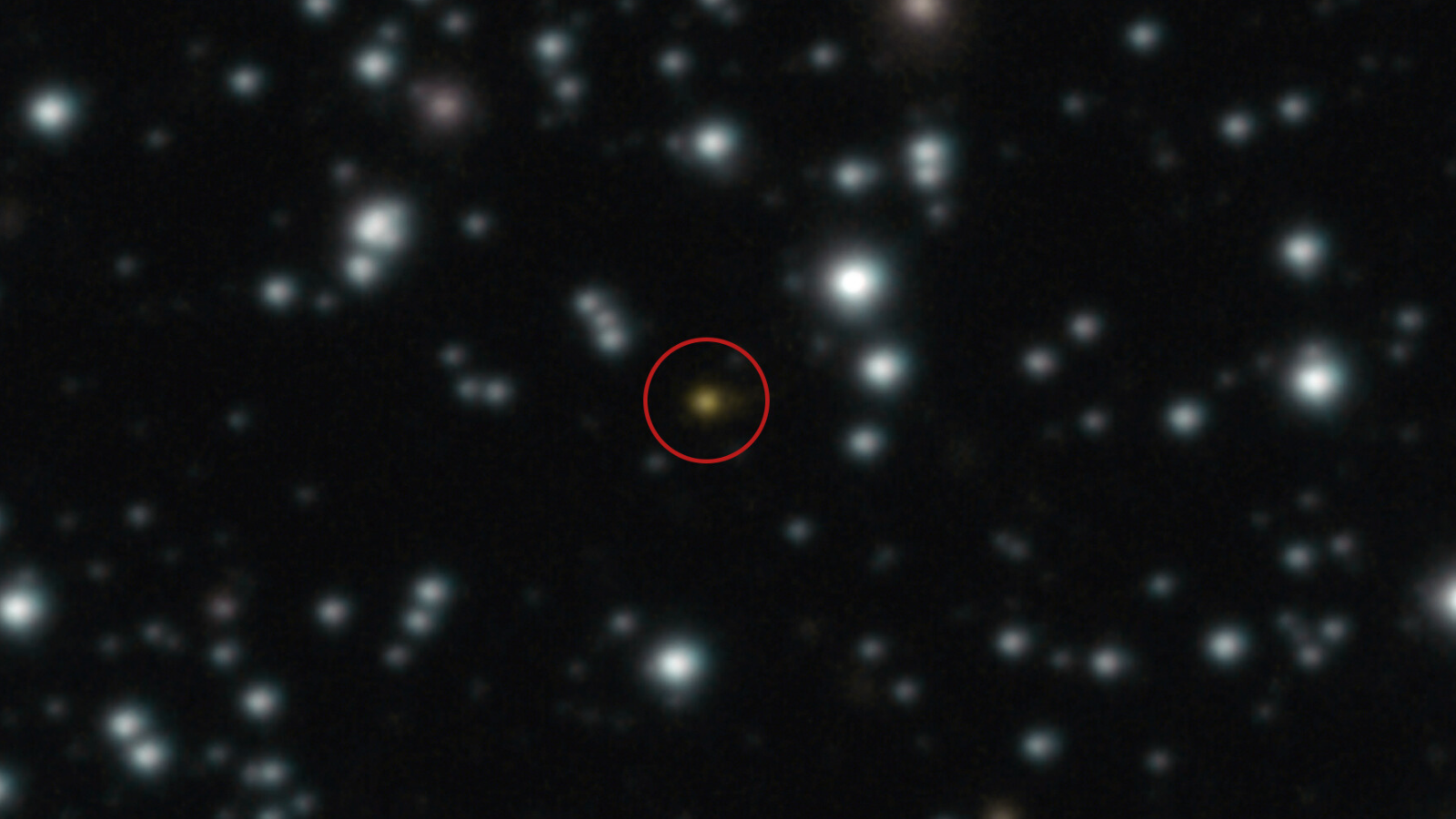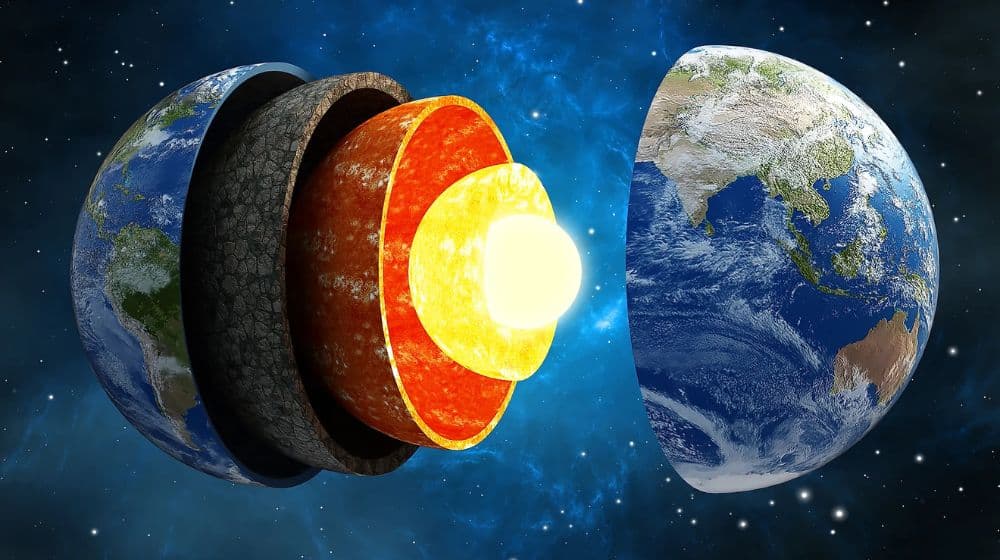Australia Shines Bright with Spectacular Aurora Australis Display

Over the weekend, Australia was treated to an awe-inspiring spectacle as the night sky was illuminated with stunning curtains of red and orange light, marking one of the most significant Aurora Australis displays in recent memory. This natural phenomenon, also known in the Northern Hemisphere as the Aurora Borealis, captivated many across the country, offering a rare chance for people to witness the beauty of the Southern Lights.
The event was preceded by a series of alerts from the U.S. National Oceanic and Atmospheric Administration (NOAA) on June 1 and 2, which warned of a severe geomagnetic storm classified as ‘G4’. This classification indicates a storm of high intensity, which can lead to impressive auroral displays. Following the NOAA alerts, similar warnings were issued by the Bureau of Meteorology’s Space Weather Centre in Australia, affirming the storm's potential impact on local skies.
Dr. Brad Tucker, an astrophysicist at the Australian National University (ANU), emphasized the rarity of such significant storms, stating, “Storms of this magnitude are on the rarer side, meaning this is a great chance to be on the lookout for the aurora.” On the evening of June 1, Dr. Tucker noted that the camera at the Mount Stromlo Observatory in Canberra recorded the first signs of the aurora, capturing an orange-pink glow just after 8 PM, which indicated that the conditions were ripe for viewing.
Dr. Tucker shared on social media that traditional cameras, particularly high-quality ones, are significantly better at detecting the nuances of the aurora than the human eye. He explained, “They are more sensitive, so the detail and colour range is always better in a photo, so don’t be disappointed if it doesn’t look as strong to your eye. It is still worth taking a look and trying to take a photo.”
On the following night, June 2, the observatory's sky camera captured an equally impressive display. Dr. Tucker reported that “many people” witnessed the aurora with the naked eye. However, he cautioned that the spectacle didn’t last long as cloud cover soon rolled in. He optimistically mentioned, “there remains another chance tonight (3 June) as the current storm is still going!”
The cause of these magnificent auroras lies in the sun's activity, specifically in “coronal mass ejections” (CMEs), which are bursts of solar wind and magnetic fields rising above the solar corona or being released into space. When these ejections collide with the Earth's magnetic field, they energize the gases in our atmosphere, leading them to emit light. This phenomenon creates the breathtaking displays that dance across the night sky.
In recent days, people in both hemispheres were treated to brilliant displays, and NOAA extended its warnings for G3 storms through June 3 due to ongoing CME activity. Local photographer Chris Chia, who ventured out to Bredbo, described his experience as unparalleled, stating, “After so many years chasing the aurora in Canberra – tonight was the best I had.” Chia shared on Facebook that the aurora was visible to the naked eye, describing the scene as “the lady dances and is visible!” He praised the beams and the Milky Way, calling the view “simply stunning” and “beyond words.”
Chia went on to provide advice for aspiring aurora photographers, suggesting that the display was easily visible from 8 PM in any south-facing position in a dark area. He recommended locations like the road to Yass, advising that observers should ensure there are no high mountains blocking their view. He also mentioned that using a camera or phone with night mode and a long shutter speed on a tripod could yield excellent results.
Other photographers across the region reported capturing clear images of the aurora from Yass, as well as locations in Victoria and Tasmania. Some enthusiasts even claimed to have seen the stunning display from as far north as Wagga, Wollongong, and Tamworth. As more people shared their experiences and photographs, the excitement surrounding this rare celestial event continued to grow.





























